 By Rabbi Yair Hoffman for the Five Towns Jewish Times
By Rabbi Yair Hoffman for the Five Towns Jewish Times
This week, well-meaning Syrian rebels handed over video footage of Eli Cohen’s last moments and his hanging to Israeli media sources. Eli Cohen was an Israeli spy in Damascus whose efforts led to the saving of countless Israeli lives in the 1960’s.
Eliyahu Ben-Shaul Cohen (1924-1965) is best known for his espionage work in 1961 – 1965 in Syria, where he developed close relationships with Syria’s political and military hierarchy. Eventually he became the Chief Adviser to the Minister of Defense. Syrian counter-intelligence authorities eventually uncovered the spy conspiracy, captured and convicted Cohen under pre-war ‘martial law’. They sentenced him to death in 1965. The intelligence he gathered before his arrest is said to have been an important factor in Israel’s success in the Six Day War.
In 1957, Cohen was recruited by the Israel Defense Forces, and was placed in military intelligence, where he became a counterintelligence analyst. His work bored him, and he attempted to join the Mossad. Cohen was offended when Mossad rejected him, and resigned from military counterintelligence. For the next two years, he worked as a filing clerk in a Tel Aviv insurance office, and married Nadia Majald, an Iraqi-Jewish immigrant, in 1959. They had three children, Sophie, Irit and Shai, and the family eventually settled in Bat Yam.
The Mossad recruited Cohen after Director-General Meir Amit, looking for a special agent to infiltrate the Syrian government, came across his name while looking through the agency’s files of rejected candidates, after none of the current candidates seemed suitable for the job. For two weeks he was put under surveillance, and was judged suitable for recruitment and training. Cohen was then informed that the Mossad had decided to recruit him, and underwent an intensive six-month course at the Mossad training school. His graduate report stated that he had all the qualities needed to become a katsa, or field agent.
He was then given a false identity as a Syrian businessman who was returning to the country after living in Argentina. To establish his cover, Cohen moved to Argentina in 1961.
According to Arutz Sheva, Nadia Cohen, Eli Cohen’s widow explained, “There were tears and nerves as we watched, how they lowered him down from the rope into the coffin, to see three cars circling around and to see the crowd in the square with celebratory music blaring, it’s not easy.”
“I hadn’t seen the movie, only pictures,” Cohen emphasized, “the children saw it today and obviously the sadness echoed in our souls. I just hope someone reveals where Eli is buried so we can bring him. That there is one patriot who will reveal where the body is, so we can have peace.”
Eli Cohen was captured on January 18th, 1965. Cohen was hanged in Marjeh Square in Damascus, leaving a wife and three children in Israel.
“I ask of you,” he wrote to his wife Nadia, “don’t mourn for the past, but rather look to the future.”
It is this author’s opinion that the footage, however, from a halachic point of view, should not be generally viewed and should not be shown on Jewish websites.
EMOTIONAL PAIN
Firstly, as a general rule watching the video often inflicts severe emotional pain on the families of the deceased, and can inflict that damage for decades to come. A different video highlighting Eli Cohen in his lifetime and his achievements should rather be shown.
TZELEM ELOKIM
Man was created in the image of Hashem. On account of this, we must realize that when a body is shown in desecration, it reflects chalilah on the Creator.
NIVUL HAMAIS
The Gemorah in Bava Basra (154a) discusses the prohibition of Nivul Hamais – desecrating a body. True, this Gemorah only refers to physical desecration. However, if we examine the Gemorah in Moed Kotton (27b) about the changes in burial customs regarding the dead who were poor and the dead who were rich we see that the issue of desecration, nivul hamais, also refers to saving them embarrassment. In other words, we see that kavod hamais refers to non-physical issues as well – which would include the showing of disturbing pictures.
FORGETTING TORAH KNOWLEDGE
There is another issue that is discussed in the Gemorah in Horios (13b) looking into the face of the deceased is listed as one of the ten things that causes a person to forget ones learning. While this does not compare to the previous issues, it nonetheless is not something that is innocuous.
Eli Cohen was a genuine hero whose efforts saved precious lives. He should be remembered in a manner of kavod rather than to be viewed in this manner. It is this author’s belief that the link should be removed from Jewish websites.
The author can be reached at [email protected]

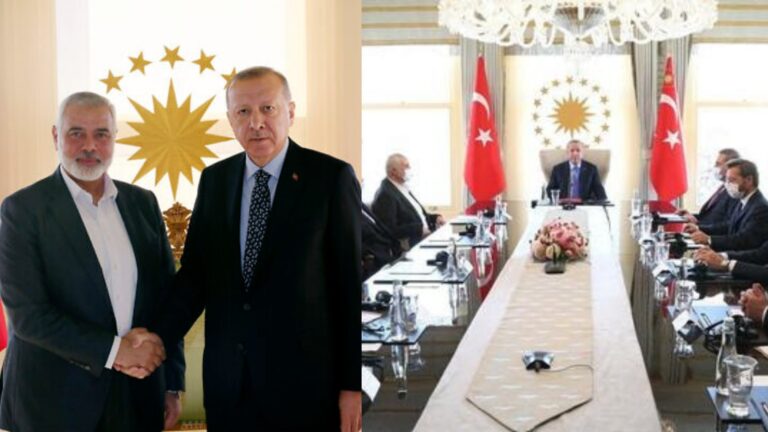
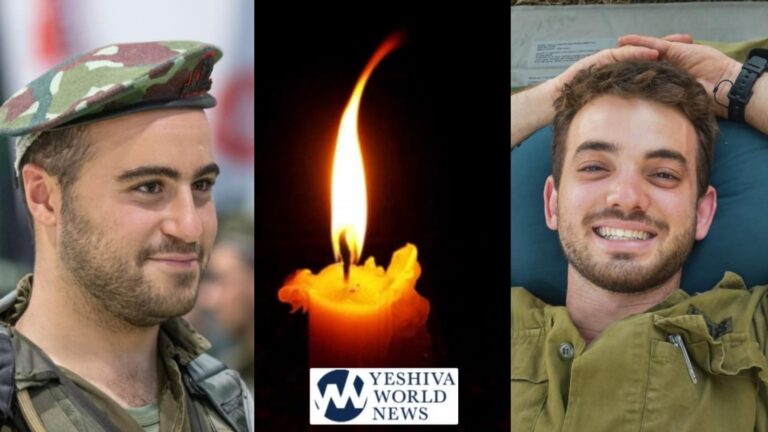
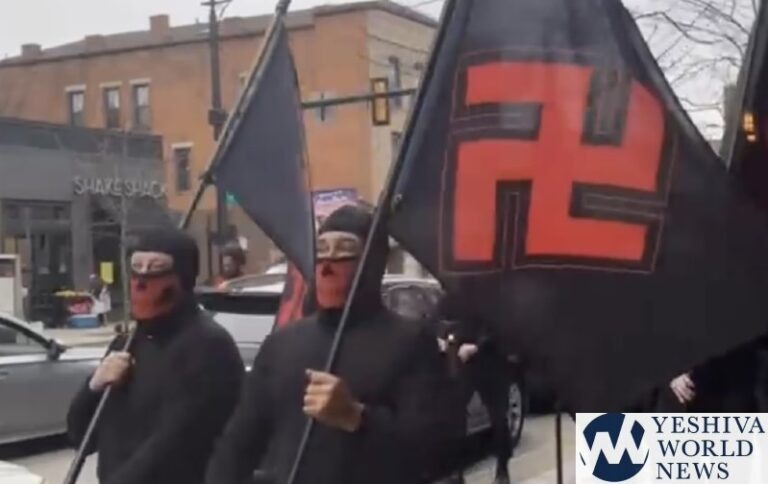

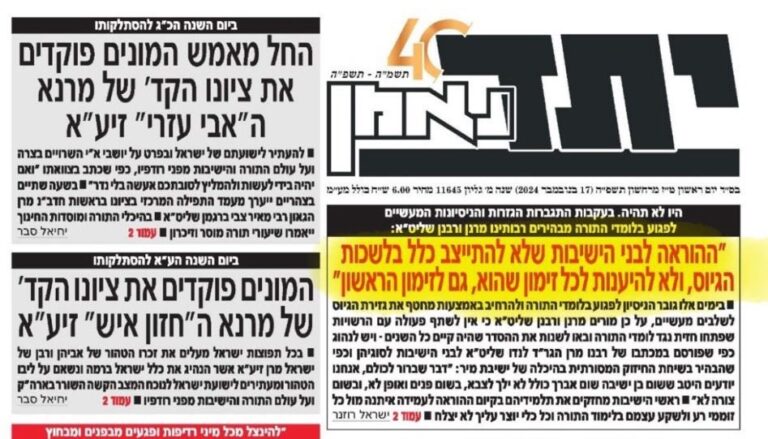
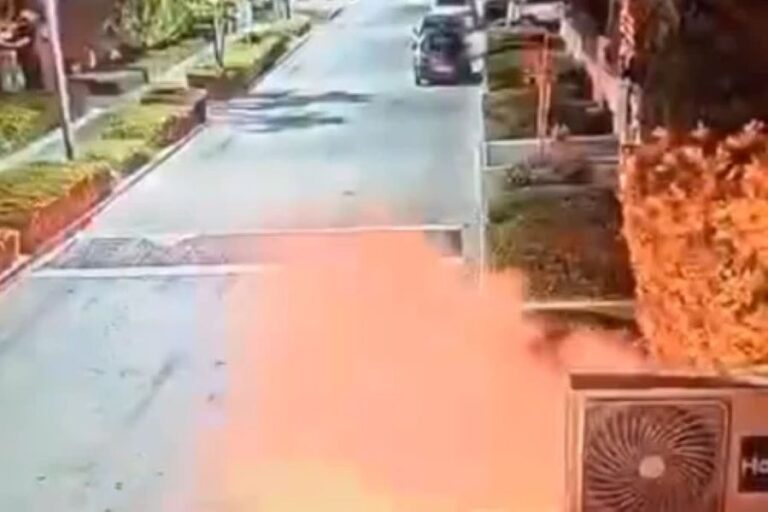
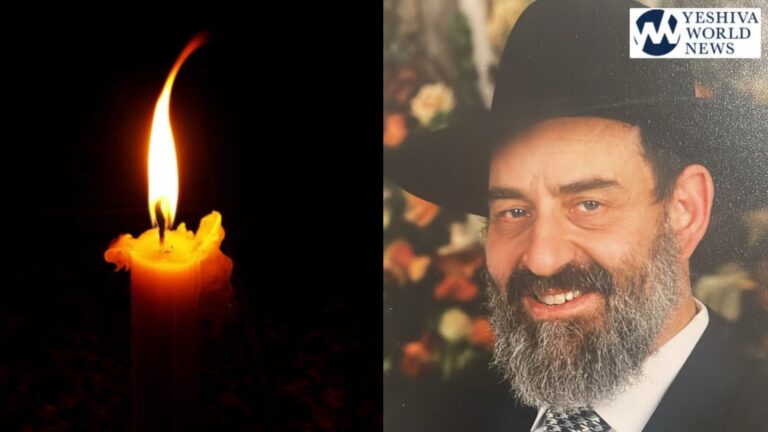
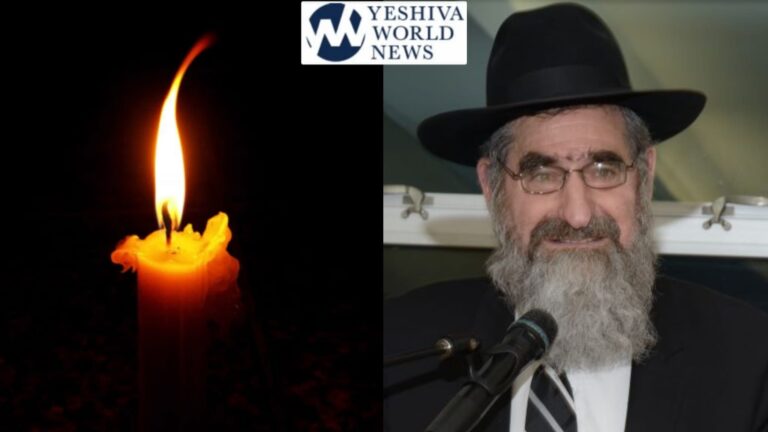


3 Responses
HaShem yinkom damó. May G’ avenge his blood.
Disturbing Images, the Media, and Halacha
(Wednesday, September 14th, 2016 12:45 PM – See more at: http://www.theyeshivaworld.com/news/headlines-breaking-stories/463149/disturbing-images-the-media-and-halacha.html#sthash.g3GqzG7i.dpuf
Yes Rav Yair, we agree!